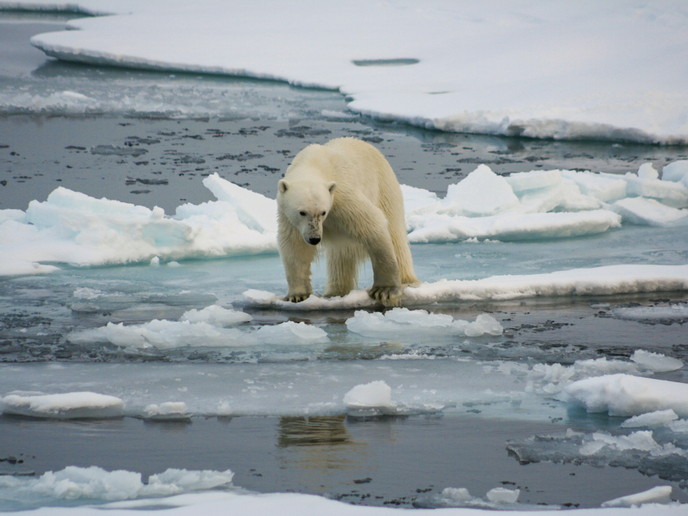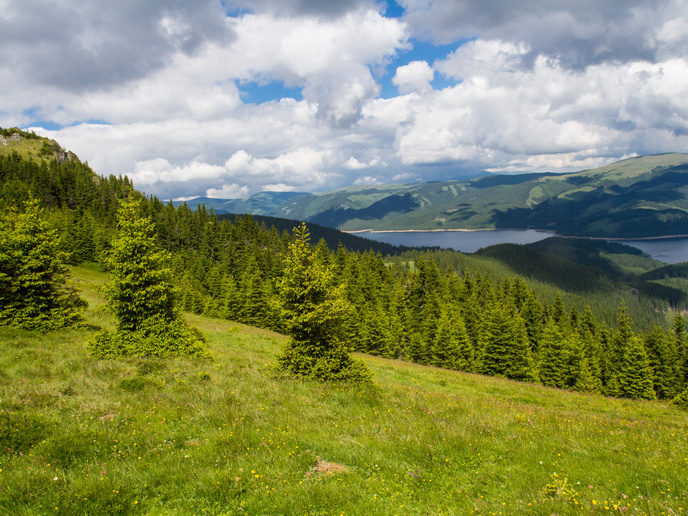Role of Arctic warming in extreme climate events
Over the last three decades, the Arctic has warmed faster than the rest of the planet, going through unprecedented physical changes as shown by record low sea-ice and snow areas in summer. Impacts of these changes on weather and climate outside the Arctic region, as in northern Eurasia, may be substantial because the Arctic is an integral part of the global climate system. Such impacts have possibly already been observed in the northern hemisphere in the last decade. They include increased numbers in the occurrence of heat waves, exceptionally cold winters, and flooding, often of unprecedented strength and duration. The EU-funded LAWINE project aimed to better understand the complex processes that potentially link Arctic amplification with weather and climate in northern Eurasia, helping to reduce the damage caused by extreme climate events. This research was undertaken with the support of the Marie Curie programme. Observations and models compared Scientists studied combinatory interactions of regional air-ice-ocean systems surrounding northern Eurasia. “We investigated the links of large-scale Atlantic weather conditions and sea-surface temperatures to atmospheric temperature and moisture over northern Eurasia, and the influence of the warm Arctic − cold Siberia pattern to the Northern Hemisphere atmospheric circulation,” says project coordinator Prof. Petteri Uotila. These interacting systems denoted as ‘teleconnections’ affect the regional weather and climate. “We hypothesise that Arctic amplification is affecting the Eurasian climate extremes by teleconnections along with other regions such as the Atlantic and the Pacific,” Prof. Uotila explains. Scientific understanding of teleconnections is incomplete due to imperfect models and limited observations. Forecast models therefore still have many shortcomings and are far from perfect, which makes the identification of the physical mechanisms behind teleconnections challenging and the results uncertain. Researchers addressed these knowledge gaps by investigating teleconnections linking the ocean and land surface characteristics to the occurrence of extreme climate events. “We compared observations and model output and selected the most realistic models in terms of their ability to represent teleconnections,” Prof. Uotila explains. Climate complexity highlighted The project designed, carried out and analysed climate change simulations to determine the mechanisms underlying teleconnections and improve the models’ predictive ability. This resulted in reduced uncertainties related to estimates of changes in climate extremes in Eurasia. According to Prof. Uotila: “We identified issues in coupled weather and climate models and retrospective analysis which decrease the accuracy of environmental forecasts. We could then explain a number of physical mechanisms behind these issues.” LAWINE results highlighted the complexity of the climate system, the relative importance of various teleconnections and their interactions. “For, example the regional effects of Arctic amplification in northern Eurasia are practically impossible to separate from simultaneously active teleconnection effects originating from other surrounding regions, such as the tropics and the Atlantic,” points out Prof. Uotila. As extreme events can cause major damage and threaten human lives, a better knowledge of mechanisms facilitating their occurrence and intensity is extremely important. LAWINE therefore directly benefits those who develop environmental forecasting models. This indirectly benefits the end users whose life and livelihood may depend on their accuracy. “The enhanced predictability of extreme weather and climate events is an important factor for better societal resilience and adaptation,” Prof. Uotila concludes.
Keywords
LAWINE, climate, Arctic, extreme, teleconnection, Eurasia, warming, amplification







